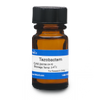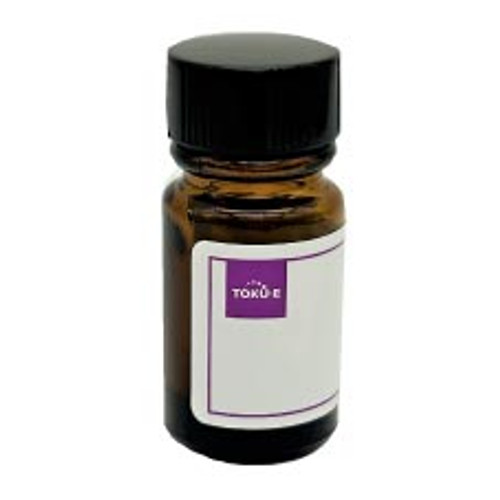Tazobactam is a penicillanic acid sulfone derivative and β-lactamase inhibitor with antibacterial activity. Tazobactam was discovered by Dr. R.G. Micetech at the University of Alberta in 1982. Tazobactam contains a β-lactam ring and irreversibly binds to β-lactamase at or near its active site. This protects other β-lactam antibiotics from β-lactamase catalysis. This drug is used in conjunction with β-lactamase susceptible penicillins to treat infections caused by β-lactamase producing organisms.
Tazobactam alone showed an MIC of ≤ 8 mg/liter (range 2 to 32 mg/liter) against several Acinetobacter baumannii strains. Tazobactam in combination with piperacillin, successfully restored the activity of piperacillin against β-lactamase-producing bacteria. Tazobactam exhibited inhibitory activity and protected piperacillin against Richmond and Sykes types II, III, IV and V β-lactamases, staphylococcal penicillinase and extended-spectrum β-lactamases. Tazobactam showed species-specific activity against class I chromosomally-mediated enzymes.
Tazobactam is slightly soluble in aqueous solution.
We also offer:
- Tazobactam Sodium (T031)
| Mechanism of Action | Tazobactam contains a β-lactam ring that binds strongly to β-lactamase at or near its activation site, thereby permanently inhibiting enzymatic activity. This action protects other β-lactam antibiotics (penicillins, cephalosporins, etc.) from β-lactamase catalysis, thereby enhancing their antibacterial activity. |
| Spectrum |
Tazobactam exhibits little useful antimicrobial activity, although weak activity against Acinetobacter spp. and Borrelia burgdorferi has been reported. Tazobactam inhibits a wide range of β-lactamases, including the group 2 penicillinases from Staphyloccus aureus, the TEM-1 and SHV-1 β-lactamases, many extended-spectrum enzymes, and the common group 2e cephalosporinases of Bacteroides fragilis. Against the group 1 cephalosporinases, activity is strongly influenced by the amount of enzyme produced. The inhibitor-resistant group 2br β-lactamases are poorly inhibited and group 3 metallo-β-lactamases are not inhibited at clinically useful levels. It is a poor inducer of β-lactamases of Gram-positive and Gram-negative organisms. |
| Microbiology Applications | Tazobactam is often combined with the extended-spectrum β-lactam antibiotic piperacillin in the compound Zosyn or Tazocin (piperacillin/tazobactam), used in infections due to Pseudomonas aeruginosa. Tazobactam broadens the spectrum of piperacillin by making it effective against organisms that express β-lactamase and would normally degrade piperacillin. |
| Molecular Formula |
C10H12N4O5S |
| References |
Bryson HM and Brogden RN (1994) Piperacillin/tazobactam. A review of its antibacterial activity, pharmacokinetic properties and therapeutic potential. Drugs. 47(3):506-535 PMID 7514977 Craig WA and Andes DR (2013) In vivo activities of ceftolozane, a new cephalosporin, with and without tazobactam against Pseudomonas aeruginosa and Enterobacteriaceae, including strains with extended-spectrum β-lactamases, in the thighs of neutropenic mice. Antimicrob. Agents Chemother.57(4):1577-1582 Jones RN et al (1989) Piperacillin/tazobactam (YTR 830) combination. Comparative antimicrobial activity against 5889 recent aerobic clinical isolates and 60 Bacteroides fragilis group strains. Diagn. Microbiol. Infect. Dis. 12(6): 489-494 Zhanel GG et al (2014) Ceftolozane/tazobactam: a novel cephalosporin/β-lactamase inhibitor combination with activity against multidrug-resistant Gram-negative bacilli. Drugs. 74(1):31-51. PMID 24352909 |
| MIC | Escherichia coli (DH5α + pBC-OXA-46)| 4 - ?| 660| Escherichia coli (DH5α + pBC-SK)| 4 - ?| 660| |




